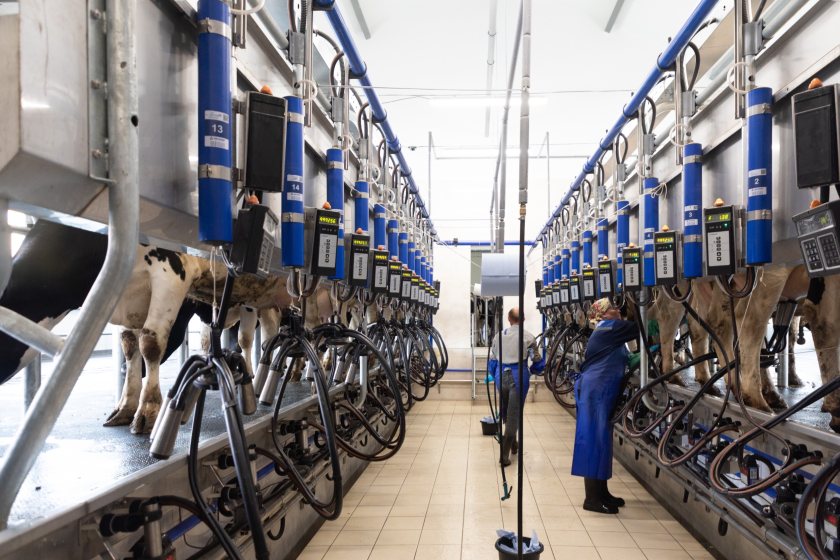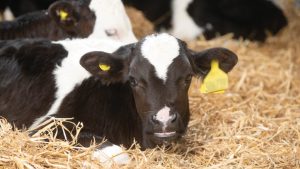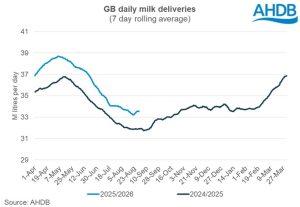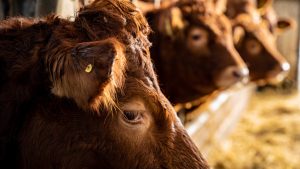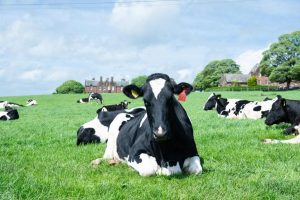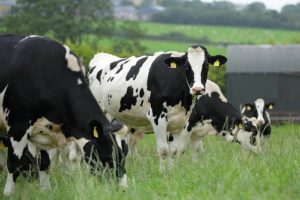
There are several positives offering welcome news for the dairy sector following the unprecedented challenges over the past 12 months.
This is according to a new report by Kingshay, which says that after a fall in milk prices to an average of 36.49p per litre in July 2023, values have steadily risen.
However, they still do not cover the full cost of production or provide a fair return for family labour for many farmers, the dairy specialist’s report states.
The gap between the highest and lowest milk prices has also fluctuated, peaking at 13.8ppl in March 2023 before narrowing to 11.6ppl in 24 March.
Kathryn Rowland, Kingshay’s senior farm services manager: “It’s clear the UK milk market is changing as retailers and consumers demand more.
“Given the increased focus on climate change, it is essential that the market can deliver premiums to cover the extra effort and costs on-farm.
“Milk processors like First Milk are already offering premiums for regenerative farming practices and going forward, it is likely that the range in pricing even within contracts – let alone between them – is going to widen.”
An insight into trends over the past 10 years reveals that while average milk yields have slightly increased and remain in the mid 8,000 litres/cow range, milk solids have hit a new record of 646kg/cow, marking almost an 11% increase over the past 10 years, outpacing the 5.4% rise in milk yield.
This is most likely due to producers focusing on feed efficiency and fulfilling their milk contract requirements, the report says.
Average herd sizes have increased by two head, year-on-year, and now stand at 219 cows compared to 185 in 2014. Stocking rates have also seen a rise, reaching 2.39 cows/hectare compared to 2.25 a decade ago.
The adverse weather meant that milk from forage decreased by 3% on last year, to 2,691 litres per cow – although Scotland managed to buck the trend with a 16% year-on-year increase.
On the health front, herd health has generally improved in nearly all areas. Mastitis cases have decreased to an average of 26 cases per 100 cows, indicating better management, facilities, breeding and recording.
However, lameness has seen an increase which, having declined annually since 2020, jumped by four cases per 100 cows to 37.
Kingshay says this was likely due to poor weather conditions in 2023/24 affecting grazing access and leading to longer housing periods.
Mobility scores remain identical to last year, with 5.9% of the herd scoring 2 or 3, suggesting changes in lameness recording practices.
Fertility trends have returned to normal following the hot summer of 2022/23, which negatively impacted oestrus cycles.
The calving interval has narrowed back to match 2021/22 levels at 393 days, with days to first service at 70, one day longer than in 2021/22.
The 200-day not-in-calf rate, at 12%, was one percentage point below 2021/22, while the infertility culling rate dropped back to match the previous year’s 6.7%.
The cost of an extended calving interval has dropped from £5.89/day per cow to £4.88/day, mainly due to lower milk prices and feed costs.
Efficiency varies widely across production systems, with all-year-round calving herds with a housing focus producing the greatest margin per cow (£2,495 per cow) and autumn / split block calving herds with a grazing focus the highest margin per litre (29ppl).
Similar trends in milk prices were seen in organic herds, with the margin over purchased feed per cow dropping by 13.9% to £2,048 compared to £2,380 the previous year.
Although organic herds are much larger compared to conventional, herd size has also grown by 19% over the past decade to 243 cows.
You can now read the most important #news on #eDairyNews #Whatsapp channels!!!
🇺🇸 eDairy News INGLÊS: https://whatsapp.com/channel/0029VaKsjzGDTkJyIN6hcP1K
